THCA Flower Terpene Profiles: Oregon's Aromatic Advantages
Oregon has emerged as a powerhouse in cannabis and hemp cultivation, earning recognition for producing some of the most aromatic and flavorful THCA flower in the nation. The state's unique combination of climate, soil composition, and cultivation expertise creates ideal conditions for developing complex terpene profiles that set Oregon-grown hemp apart from competitors. Understanding these oregon terpene profiles reveals why discerning consumers increasingly seek out Pacific Northwest-grown THCA flower for its superior aromatic characteristics and enhanced therapeutic potential.
The Science Behind Oregon's Terpene Excellence
Terpenes are volatile organic compounds responsible for the distinctive aromas and flavors found in cannabis and hemp plants. These molecular architects work synergistically with cannabinoids like THCA to create what researchers call the "entourage effect," where the combined impact of all plant compounds exceeds the sum of their individual effects. Oregon's environmental advantages create optimal conditions for robust terpene development, resulting in thca terpenes oregon products that showcase remarkable aromatic complexity.
The state's Mediterranean-like climate, characterized by warm, dry summers and mild, wet winters, provides the stress conditions that encourage plants to produce higher concentrations of protective terpenes. Additionally, Oregon's diverse microclimates allow cultivators to select specific growing locations that complement particular strains' genetic predispositions for terpene production. This environmental diversity enables the development of aromatic hemp flower varieties that express their full genetic potential.
Oregon's Terroir: Nature's Contribution to Terpene Development
The concept of terroir, borrowed from wine-making, describes how environmental factors influence the final product's characteristics. Oregon's terroir for hemp cultivation includes several key elements that contribute to exceptional terpene expression oregon products. The state's volcanic soil, rich in minerals and well-draining, provides an ideal foundation for root development and nutrient uptake. This mineral-rich environment allows plants to access the micronutrients essential for terpene biosynthesis.
Oregon's latitude and elevation variations create distinct growing zones, each contributing unique characteristics to the final product. Coastal regions benefit from marine influences that moderate temperatures and provide consistent humidity levels, while inland valleys experience greater temperature swings that can stress plants in beneficial ways. These environmental stressors trigger increased terpene production as plants develop natural defenses, resulting in more aromatic and flavorful flower.
The state's abundant rainfall during the growing season's early stages provides natural irrigation, while the dry summer months allow for controlled moisture management during the crucial flowering period. This natural water cycle supports healthy plant development while preventing the excess moisture that can dilute terpene concentrations. The result is flavor profiles thca products that showcase clean, pronounced aromatic characteristics.
Primary Terpene Profiles in Oregon THCA Flower
Oregon-grown THCA flower typically exhibits several dominant terpene profiles that reflect both genetic selections and environmental influences. Myrcene, often the most abundant terpene in cannabis, contributes earthy, musky notes with hints of tropical fruit. Oregon's growing conditions tend to produce moderate myrcene levels that provide relaxation benefits without overwhelming other terpenes' contributions to the overall aromatic profile.
Limonene, responsible for citrusy, uplifting aromas, thrives in Oregon's sunny growing conditions. The state's abundant sunshine during summer months encourages robust limonene production, resulting in aromatic compounds hemp varieties with bright, energizing fragrances. Limonene-dominant strains grown in Oregon often exhibit pronounced grapefruit, lemon, or orange notes that provide mood-elevating effects.
Pinene, contributing pine and forest-like aromas, develops particularly well in Oregon's coniferous forest environment. The abundance of pine trees throughout the state may contribute to the prominent pinene expression found in many Oregon-grown varieties. This terpene provides mental clarity and alertness while complementing other terpenes in the overall aromatic bouquet.
Linalool, known for its floral, lavender-like fragrance, benefits from Oregon's clean air and moderate growing conditions. This terpene contributes calming, sedative effects and often appears in higher concentrations in Oregon-grown flower compared to varieties from more arid climates. The state's natural environment supports the delicate balance required for optimal linalool production.
Cultivation Methods and Terpene Development
Oregon's diverse agricultural landscape supports multiple cultivation approaches, each contributing distinct characteristics to terpene diversity oregon products. Indoor cultivation allows for precise environmental control, enabling cultivators to manipulate temperature, humidity, and lighting conditions to optimize terpene production. Indoor facilities can maintain consistent conditions that support the development of complex terpenes thca profiles while protecting plants from environmental stressors that might negatively impact quality.
Outdoor cultivation takes advantage of Oregon's natural climate advantages, allowing plants to develop under full-spectrum sunlight and natural environmental rhythms. The state's long growing season and favorable weather patterns enable outdoor cultivators to produce large-yield crops with robust terpene profiles. Natural sunlight provides the energy necessary for maximum terpene biosynthesis, often resulting in more complex aromatic profiles compared to artificial lighting systems.
Greenhouse cultivation combines the best aspects of both indoor and outdoor growing, providing environmental protection while maintaining access to natural sunlight. Oregon's greenhouse operations benefit from the state's favorable climate, requiring minimal heating during most of the growing season while providing protection from occasional adverse weather. This cultivation method often produces flower with excellent terpene retention and consistent quality characteristics.
The Role of Genetics in Oregon Terpene Expression
While environmental factors significantly influence terpene development, genetics remain the fundamental determinant of a plant's aromatic potential. Oregon cultivators have access to diverse genetic libraries, including landrace strains, modern hybrids, and specialized terpene-rich varieties developed specifically for aromatic expression. The state's experienced cultivation community has developed expertise in selecting and breeding plants that thrive in local conditions while maximizing terpene production.
Many Oregon operations focus on preserving heirloom genetics that may have been lost in other regions' commercial cultivation environments. These preserved genetics often exhibit unique terpene profiles that reflect their original terroir, providing consumers with access to rare and distinctive aromatic experiences. The commitment to genetic diversity ensures that oregon terroir terpenes continue to evolve and improve over time.
Selective breeding programs in Oregon emphasize terpene production alongside other quality factors such as cannabinoid content and plant structure. This holistic approach to genetics results in varieties that express their full aromatic potential while maintaining the stability and consistency required for commercial production. The state's cultivators understand that superior genetics provide the foundation for exceptional terpene expression, regardless of environmental advantages.
Harvesting and Processing for Terpene Preservation
Optimal terpene preservation begins with proper harvesting techniques and continues through every stage of post-harvest processing. Oregon cultivators have developed sophisticated approaches to maintaining terpene integrity from field to final product, ensuring that unique aromatics hemp varieties retain their distinctive characteristics throughout the supply chain.
Harvest timing plays a crucial role in terpene preservation, as these volatile compounds can degrade rapidly under improper conditions. Oregon's experienced cultivators monitor trichome development and terpene production to identify the optimal harvest window for each variety. This attention to timing ensures that flower reaches consumers with maximum terpene content and aromatic intensity.
Drying and curing processes require careful environmental control to preserve delicate terpene compounds while removing excess moisture that could compromise quality. Oregon's naturally low humidity during harvest season provides favorable conditions for slow, controlled drying that preserves terpene integrity. Many operations employ temperature and humidity-controlled drying rooms that maintain optimal conditions regardless of external weather variations.
Proper curing techniques allow terpenes to develop their full aromatic potential while ensuring long-term stability. Oregon processors have refined curing protocols that balance moisture content, airflow, and time to achieve optimal results. These techniques result in indoor thca flower and outdoor thca flower products with enhanced aromatic complexity and improved shelf stability.
Indoor vs. Outdoor vs. Greenhouse Terpene Characteristics
Each cultivation method produces distinct terpene characteristics that appeal to different consumer preferences and use cases. Indoor THCA flower typically exhibits clean, focused terpene profiles with minimal external influences. The controlled environment allows cultivators to optimize conditions for specific terpene development, often resulting in higher concentrations of targeted compounds. Indoor flower frequently displays bright, sharp aromatic notes that reflect the precision of the growing environment.
Outdoor THCA flower benefits from Oregon's natural terroir, developing complex terpene profiles that reflect the full spectrum of environmental influences. The interaction between plants and their natural environment often produces more diverse aromatic expressions, with subtle notes that indoor cultivation cannot replicate. Outdoor flower may exhibit seasonal variations that add complexity and uniqueness to each harvest.
Greenhouse THCA flower represents a balanced approach, combining environmental control with natural influences. This cultivation method often produces flower with robust terpene profiles that maintain consistency while incorporating terroir-influenced characteristics. Greenhouse operations can extend growing seasons and protect against adverse weather while preserving the benefits of natural sunlight and environmental rhythms.
Quality Control and Terpene Testing
Oregon's commitment to quality extends to comprehensive testing protocols that ensure terpene accuracy and consistency. State-licensed laboratories employ advanced analytical techniques to identify and quantify individual terpenes, providing detailed profiles that help consumers make informed choices. This testing infrastructure supports the development of THCA flower cultivation practices that prioritize terpene quality alongside compliance requirements.
Gas chromatography-mass spectrometry (GC-MS) and other analytical methods allow for precise terpene identification and quantification, enabling cultivators to track terpene development throughout the growing cycle. This data-driven approach helps optimize cultivation techniques and harvest timing to maximize terpene expression. Regular testing also ensures that products meet consumer expectations for aromatic quality and therapeutic potential.
Quality control measures extend beyond laboratory testing to include sensory evaluation and consumer feedback. Oregon cultivators often employ experienced evaluators who can assess terpene quality through aroma, flavor, and visual characteristics. This human element complements analytical testing to ensure that products meet the highest standards for aromatic excellence.
The Entourage Effect and Therapeutic Implications
The complex terpene profiles found in Oregon-grown THCA flower contribute significantly to the entourage effect, where multiple plant compounds work synergistically to enhance therapeutic benefits. Research suggests that terpenes can modulate cannabinoid effects, potentially increasing efficacy while reducing unwanted side effects. The diverse premium indoor THCA varieties produced in Oregon provide consumers with access to these synergistic benefits.
Different terpene combinations produce distinct therapeutic effects, allowing consumers to select products that match their specific needs. Limonene-dominant varieties may provide mood elevation and stress relief, while myrcene-rich strains offer relaxation and sleep support. Oregon's diverse terpene profiles enable personalized approaches to wellness that leverage the full spectrum of plant compounds.
The preservation of minor terpenes alongside major compounds contributes to the overall therapeutic potential of Oregon-grown flower. These less abundant terpenes may play crucial roles in the entourage effect, even at low concentrations. Oregon's commitment to preserving complete terpene profiles ensures that consumers receive the full therapeutic potential of each variety.
Seasonal Variations and Terpene Expression
Oregon's distinct seasons create opportunities for seasonal terpene variations that add complexity to the state's hemp flower offerings. Spring planting in mineral-rich, well-hydrated soil provides an excellent foundation for robust terpene development. The gradual warming and lengthening days of late spring and early summer support steady vegetative growth that builds the foundation for future terpene production.
Summer's intense sunlight and warm temperatures trigger peak terpene biosynthesis, particularly for light-dependent compounds like limonene and pinene. Oregon's typically dry summers concentrate terpene production while preventing dilution from excess moisture. The state's moderate summer temperatures, rarely reaching extreme levels, help preserve volatile terpenes that might degrade in hotter climates.
Fall harvest conditions significantly impact final terpene profiles, with cooler temperatures and shorter days triggering plants' natural senescence processes. These conditions can enhance certain terpenes while reducing others, creating unique aromatic expressions that reflect the harvest season's characteristics. Oregon's favorable fall weather typically provides ideal harvesting conditions that preserve terpene integrity.
Consumer Education and Terpene Appreciation
Understanding terpene profiles empowers consumers to make informed choices that align with their preferences and needs. Oregon's hemp industry has embraced consumer education, providing detailed terpene information and guidance to help customers navigate the diverse aromatic landscape. This educational approach builds consumer confidence and loyalty while promoting responsible use.
Terpene wheels and aromatic descriptors help consumers identify and communicate their preferences, facilitating better product matching and satisfaction. Many Oregon retailers provide terpene education and sampling opportunities that allow customers to experience different profiles before making purchases. This hands-on approach to education builds appreciation for the complexity and diversity of Oregon-grown flower.
The development of standardized terpene vocabulary and classification systems helps consumers and industry professionals communicate effectively about aromatic characteristics. Oregon's involvement in these standardization efforts reflects the state's commitment to advancing terpene science and consumer understanding.
Future Innovations in Oregon Terpene Development
Oregon's hemp industry continues to innovate in terpene research and development, exploring new cultivation techniques and genetic selections that push the boundaries of aromatic expression. Advanced breeding programs focus on developing varieties with novel terpene combinations and enhanced production capabilities. These efforts ensure that Oregon remains at the forefront of terpene innovation and quality.
Precision agriculture technologies, including sensor systems and data analytics, enable more sophisticated approaches to terpene optimization. These tools allow cultivators to monitor environmental conditions and plant responses in real-time, making adjustments that maximize terpene production. The integration of technology with traditional cultivation wisdom creates opportunities for unprecedented quality and consistency.
Research into terpene-cannabinoid interactions continues to reveal new possibilities for product development and therapeutic applications. Oregon's research institutions and industry partners collaborate to advance understanding of these complex relationships, potentially leading to breakthrough products that leverage specific terpene combinations for targeted effects.
Conclusion: Oregon's Aromatic Legacy
Oregon's unique combination of favorable climate, diverse terroir, experienced cultivators, and commitment to quality has established the state as a leader in THCA flower terpene development. The complex aromatic profiles produced in Oregon reflect both natural advantages and human expertise, creating products that set new standards for quality and therapeutic potential.
The state's diverse cultivation methods, from indoor facilities to outdoor farms and greenhouse operations, provide consumers with access to a wide range of terpene expressions and aromatic experiences. This diversity ensures that Oregon can meet the varied preferences and needs of an increasingly sophisticated consumer base.
As the hemp industry continues to evolve, Oregon's focus on terpene quality and innovation positions the state to maintain its leadership role in producing exceptional THCA flower. The combination of natural advantages, technical expertise, and commitment to excellence ensures that Oregon will continue to set standards for aromatic quality and therapeutic potential in the hemp industry.
Whether seeking the precise terpene profiles of indoor cultivation, the complex terroir expressions of outdoor growing, or the balanced characteristics of greenhouse production, consumers can find exceptional oregon terpene profiles that represent the pinnacle of hemp flower quality and aromatic excellence. Oregon's aromatic advantages continue to attract consumers seeking the highest quality THCA flower available in today's market.

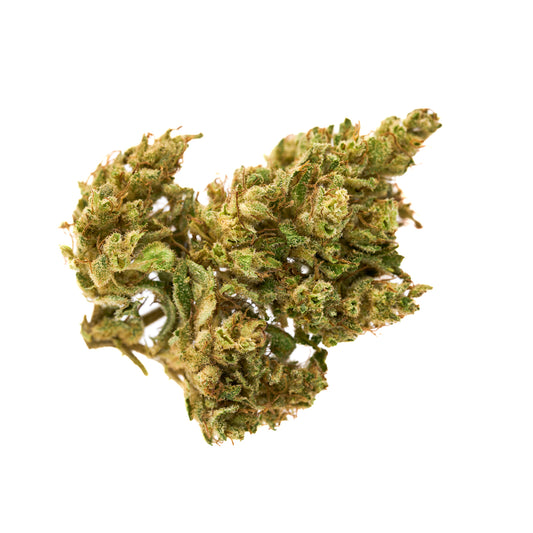
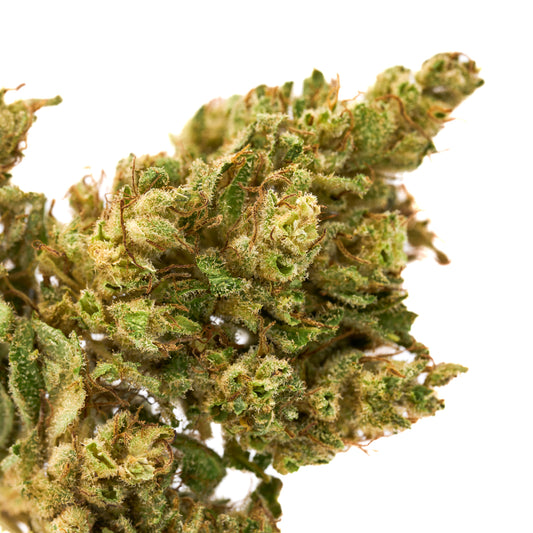
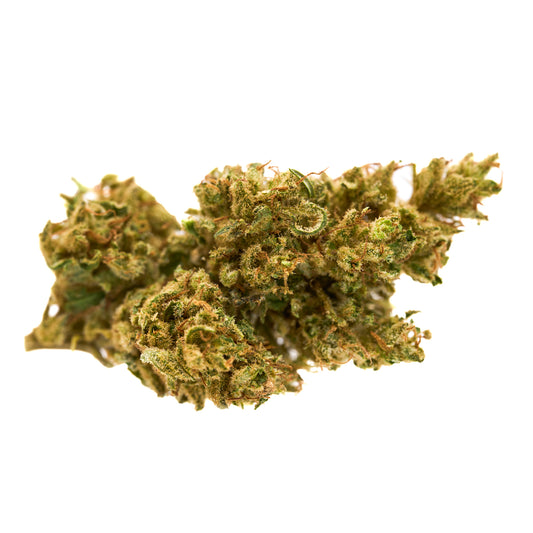
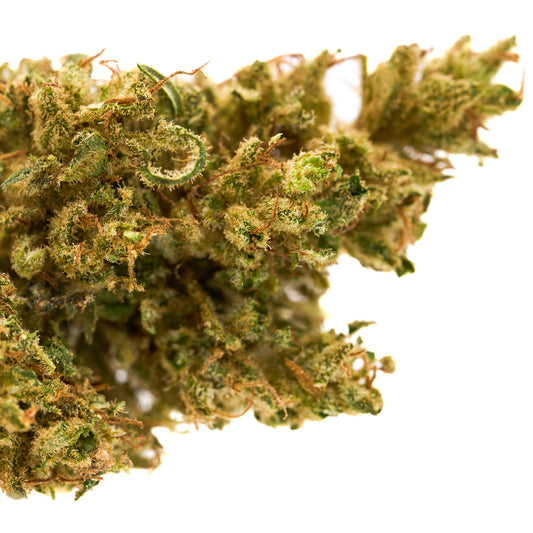
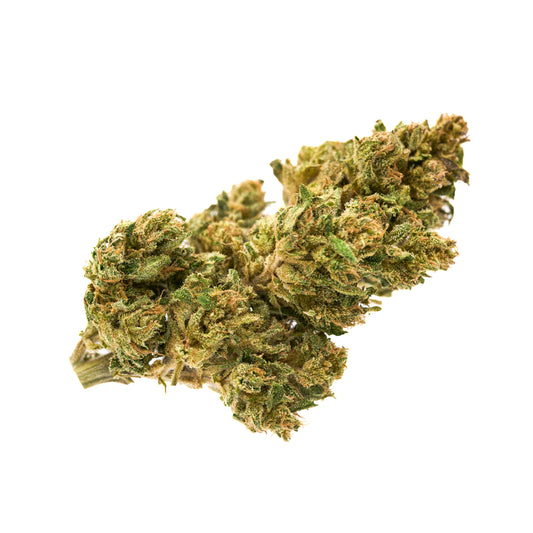
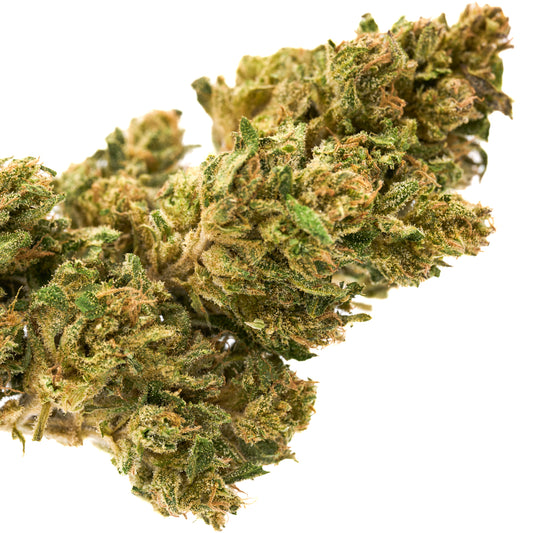



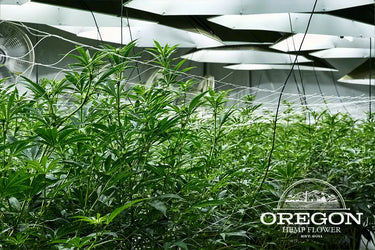

Leave a comment
Please note, comments need to be approved before they are published.